Apple Debuts iPhone 13 Models, New iPads, Apple Watch 7: What To Know
Along with four new models in the iPhone 13 series, Apple used its fall product event to unveil new versions of the iPad and iPad Mini as well as the Apple Watch Series 7.
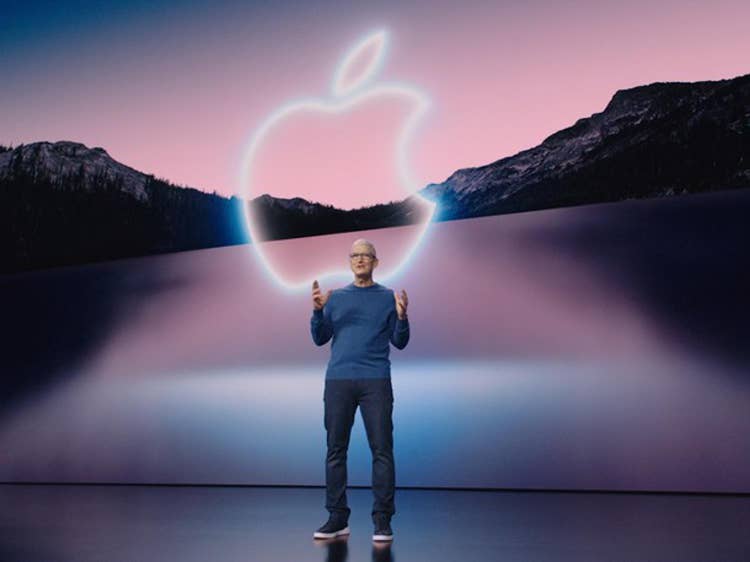
The Latest From Apple
On Tuesday, Apple expanded not just its iPhone and Apple Watch lineups, but announced two updated models in its iPad lineup as well. Apple CEO Tim Cook (pictured) and other executives used the company’s September product event to unveil a refreshed iPad and redesigned iPad Mini, alongside the new iPhone 13 series and the Apple Watch Series 7. For the iPhone, Apple announced four models—the iPhone 13, iPhone 13 Mini, iPhone 13 Pro and iPhone 13 Pro Max—that stick to the same sizes and prices as their counterparts in last year’s iPhone 12 portfolio. Availability for most of the new devices will start next week with the iPhone 13 and new iPad models, though the new Apple Watch won’t debut until the fall.
What follows are the key details on the seven new products just unveiled by Apple.
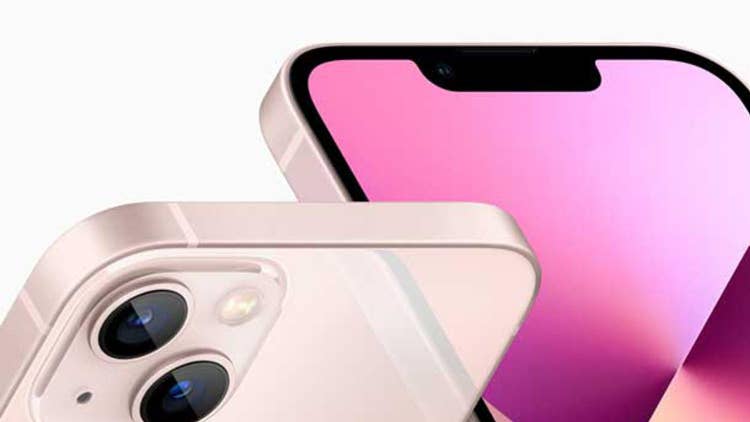
iPhone 13
For its standard iPhone 13—generally presumed to be the iPhone model for most users—Apple announced no major overhauls but a series of useful updates. The iPhone 13 will stick with a 6.1-inch OLED display, but will get a 28-percent boost in brightness to 800 nits. There will also be a slight increase in usable screen space from a 20-percent reduction in the display notch.
On performance, Apple announced a faster chip, the A15 Bionic, featuring a six-core CPU and four-core GPU. The A15 is also expected to help with battery life—with the iPhone 13 capable of getting up to 19 hours of video playback, compared to 17 hours on the iPhone 12. The battery size for the iPhone 13 has also been increased, Apple said.
Like its predecessor, the iPhone 13 will offer support for both types of 5G connectivity (sub‑6 GHz and mmWave).
For the cameras, the rear dual-camera system on the iPhone 13 includes a new Wide camera featuring a larger sensor, which can bring in as much as 47 percent more light, Apple said. Another camera upgrade comes from the inclusion of “sensor-shift” optical image stabilization, which had previously only been available in the iPhone 12 Pro Max. The sensor-shift OIS “stabilizes the sensor instead of the lens so shots are more steady,” Apple said in its release. The positioning of the rear cameras has also changed on the iPhone 13, with the cameras now placed diagonally instead of horizontally as on the iPhone 12.
One additional noteworthy upgrade for the iPhone 13 is the starting storage capacity of 128 GB—double the starting storage of 64 GB for the iPhone 12.
The starting price for Apple’s iPhone 13 is $799 (the same as on the iPhone 12). Pre-orders begin Friday, with shipping to start on Sept. 24.
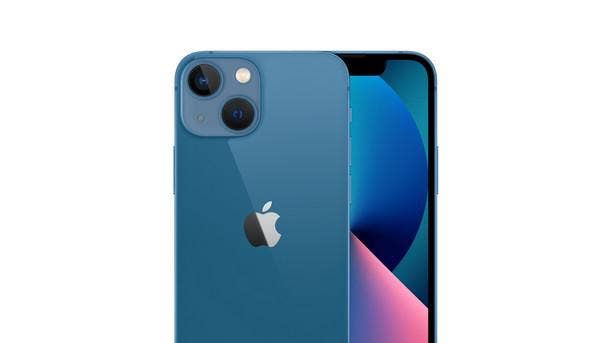
iPhone 13 Mini
Apple announced that it’s continuing to offer a smaller iPhone model with “Mini” branding for the second year in a row, which began last year with the iPhone 12 Mini. And like its predecessor model, the iPhone 13 Mini has just a few differences from the standard iPhone 13. In terms of the size, the iPhone 13 Mini features a 5.4-inch OLED display, the same as on the iPhone 12 Mini and about 11 percent smaller than the iPhone 13. The iPhone 13 Mini also offers less battery life with Apple promising up to 17 hours of video playback. That’s an improvement over the 15 hours of video playback on the iPhone 12 Mini—thanks to the larger battery and energy efficiency of the A15 chip—but below the 19 hours of usage promised for the iPhone 13.
Otherwise, the iPhone 13 Mini has the same set of features and specs to offer as the iPhone 13—including the brighter display and smaller notch, improved cameras, 5G support and 128 GB of starting storage.
The starting price for Apple’s iPhone 13 Mini is $699 — the same as on the iPhone 12 Mini. Pre-orders begin Friday, with shipping to start on Sept. 24.
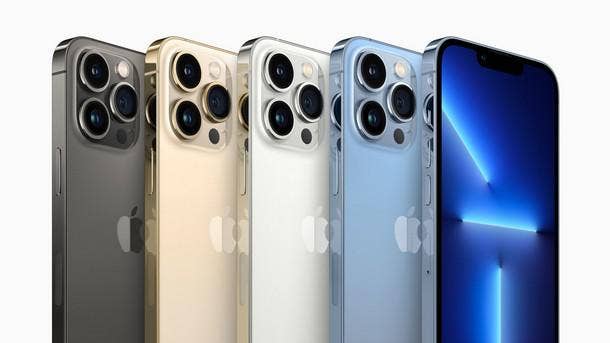
iPhone 13 Pro
Apple saved some of the biggest upgrades for 2021 for its pro-level iPhone models. The iPhone 13 Pro will stick with a 6.1-inch OLED display, but will get one major display update that has been long requested—a 120Hz refresh rate for smoother display motion. The ProMotion feature, previously found on the iPad Pro, will double the available refresh rate from past iPhone displays and will automatically adjust the refresh rate depending on what the user is doing. The iPhone 13 Pro display also gets a 25-percent brightness increase, with the screen able to reach up to 1,000 nits of brightness outdoors.
On performance, while the iPhone 13 Pro will use the same six-core A15 Bionic CPU as on the iPhone 13, the A15 GPU will get an extra core—moving up to a five-core GPU for enhanced graphics. Apple is touting the iPhone 13 Pro as offering “the fastest graphics performance in any smartphone, up to 50 percent faster than the leading competition.”
Another major update is on storage, with the iPhone 13 Pro configurable with up to a massive 1 TB of internal storage—up from a maximum of 512 GB previously.
Enhancements for the triple rear camera system include a larger Wide sensor for “even more detailed photos”; a larger ƒ/1.5 aperture on the Wide camera enabling up to a 2.2X improvement in low-light environments; a wider ƒ/1.8 aperture on the Ultra Wide camera for a 92 percent improvement in low-light; and the addition of Night Mode on the Telephoto camera for the first time.
On battery life, Apple is promising up to 22 hours of video playback for the iPhone 13 Pro, thanks to a larger battery and improved energy efficiency with the A15 chip.
Features that the iPhone 13 Pro shares with the iPhone 13 include support for both types of 5G connectivity and sensor-shift optical image stabilization on the camera system.
The starting price for Apple’s iPhone 13 Pro is $999 (the same as on the iPhone 12 Pro). Pre-orders begin Friday, with shipping to start on Sept. 24.
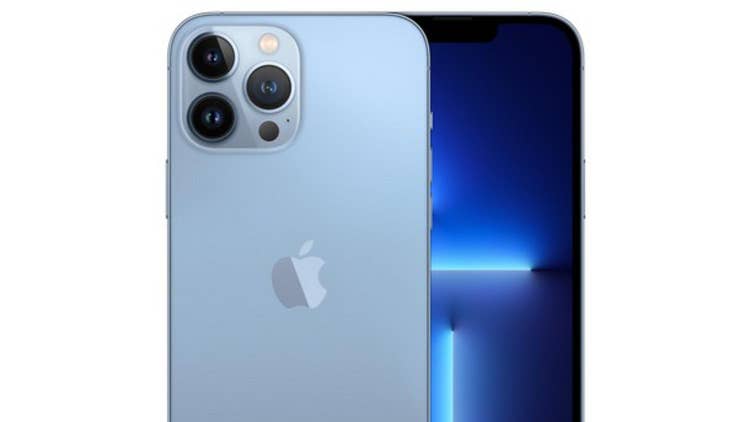
iPhone 13 Pro Max
The iPhone 13 Pro Max offers two main differences from the 13 Pro — first and foremost, the larger display at 6.7 inches (matching the display size on the iPhone 12 Pro Max). The other difference is on battery life, with Apple promising up to 28 hours of video playback for the iPhone 13 Pro Max. That’s a six-hour advantage over the iPhone 13 Pro, and represents “the best battery life ever on iPhone,” Apple said in its news release.
Otherwise, the iPhone 13 Pro Max shares in the same set of upgrades as the iPhone 13 Pro: the ProMotion 120Hz refresh rate on the display, up to 1,000 nits of display brightness, the A15 Bionic (with five-core GPU), up to 1 TB of storage and the array of camera enhancements—as well as 5G connectivity support.
The starting price for Apple’s iPhone 13 Pro Max is $1,099 (the same as on the iPhone 12 Pro Max). Pre-orders begin Friday, with shipping to start on Sept. 24.
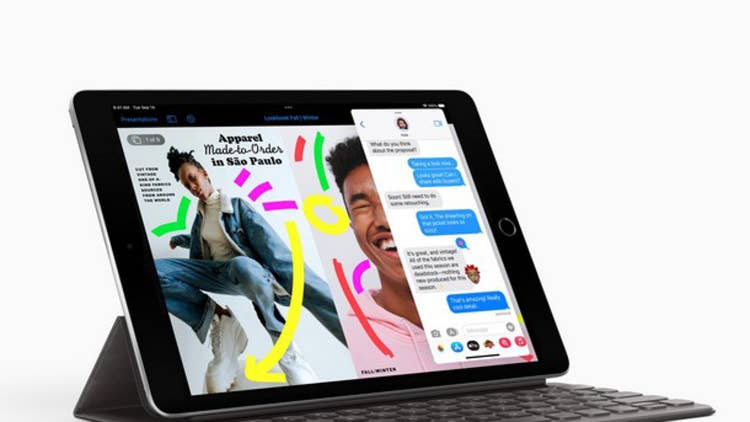
iPad (9th Gen)
For the ninth-gen model of the entry-level iPad, Apple announced a set of modest updates for the popular tablet. The new iPad will stick with a 10.2-inch display, but will add Apple’s True Tone display technology—which “makes images appear more natural and provides users with a more comfortable viewing experience in all lighting environments,” Apple said in its news release.
On performance, the ninth-gen iPad will move up to the A13 Bionic chip for a 20-percent improvement on CPU speeds.
One of the most useful updates on the new iPad is the introduction of the Center Stage feature from the iPad Pro. For video calls, the Center Stage feature automatically pans the camera to keep the subject in view. The camera also detects when other people have joined in, and “smoothly zooms out to include them in the conversation,” Apple said.
The ninth-gen iPad is also getting a boost in the starting storage, to 64 GB—double the starting point of 32 GB the predecessor model. The new iPad will continue to only support the first-gen Apple Pencil.
Apple’s ninth-gen iPad (WiFi-only) will have a starting price of $329, while the WiFi + Cellular model will start at $459. The new iPad is available to pre-order today and will be shipping Sept. 24.
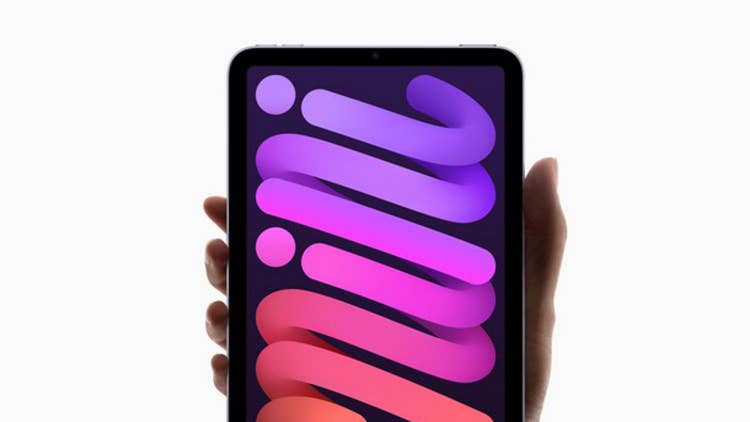
iPad Mini (6th Gen)
For the September product event, Apple had a more significant update to offer for the iPad Mini. With the sixth-gen model of the compact-size iPad, the display size has been increased to 8.3 inches, up from 7.9 inches previously. The iPad Mini form factor is not getting any larger, though, thanks to a reduction in the bezels around the display.
For the new iPad Mini, Apple is introducing 5G connectivity for the first time with the ninth-gen model. The new iPad Mini is also getting a major performance boost with the inclusion of the same processor as in the iPhone 13 — the A15 Bionic — which will offer a 40-percent increase in CPU performance along with 80-percent faster graphics.
Other key updates for the sixth-gen iPad Mini include the Center Stage feature; a USB-C port in place of Lightning (for 10X faster data transfers, according to Apple); an improved speaker system; enhanced cameras; and support for the second-gen Apple Pencil.
Apple’s sixth-gen iPad Mini (WiFi-only) will have a starting price of $499, while the WiFi + Cellular model will start at $649. The new iPad Mini is available to pre-order today and will be shipping Sept. 24.
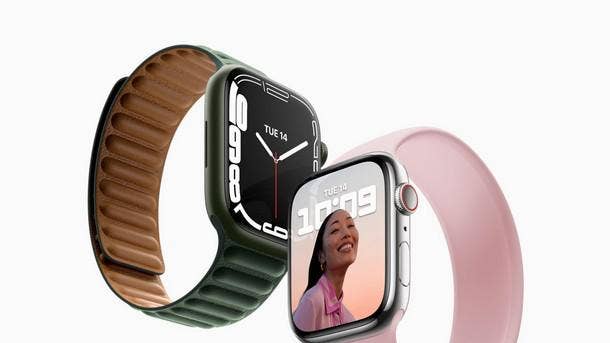
Apple Watch Series 7
Apple also unveiled the next generation for its Apple Watch on Tuesday, with the Apple Watch Series 7. In the biggest update announced by Apple, the wearable has been redesigned to offer a larger amount of display space—with 20-percent more screen area and 40-percent smaller borders around the display than on the Series 6 model. And notably, the Apple Watch Series 7—which will be offered in 41mm and 45mm sizes—has only been “minimally” changed in terms of its overall form factor, Apple said. Other updates include a 70-percent increase on indoor brightness for the display; improved crack resistance on the screen; enhanced dust resistance (with an IP6X rating); and 33-percent faster charging compared to its predecessor.
The Apple Watch Series 7 will have a starting price of $399, but will not be available until “later this fall,” the company said.